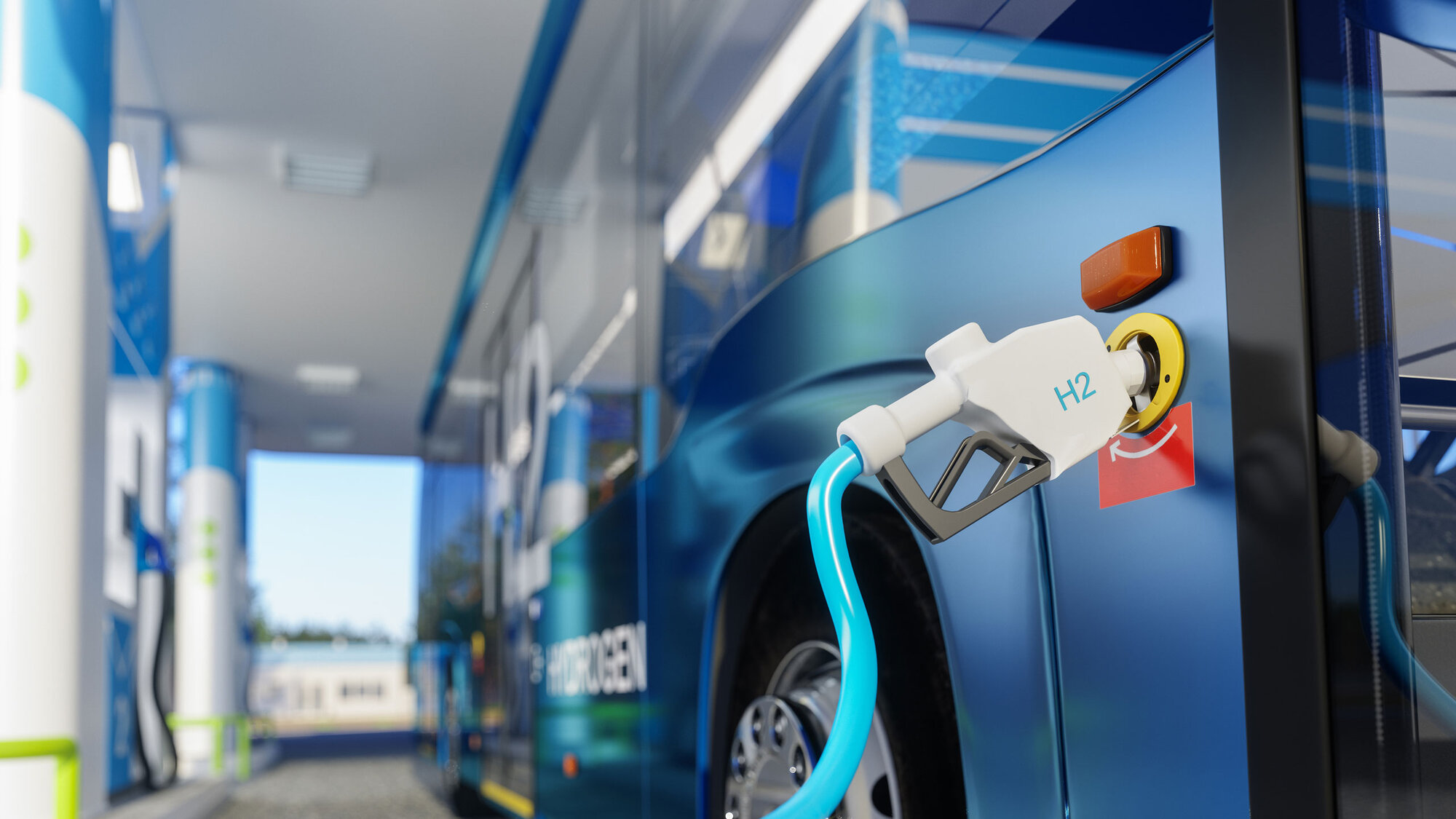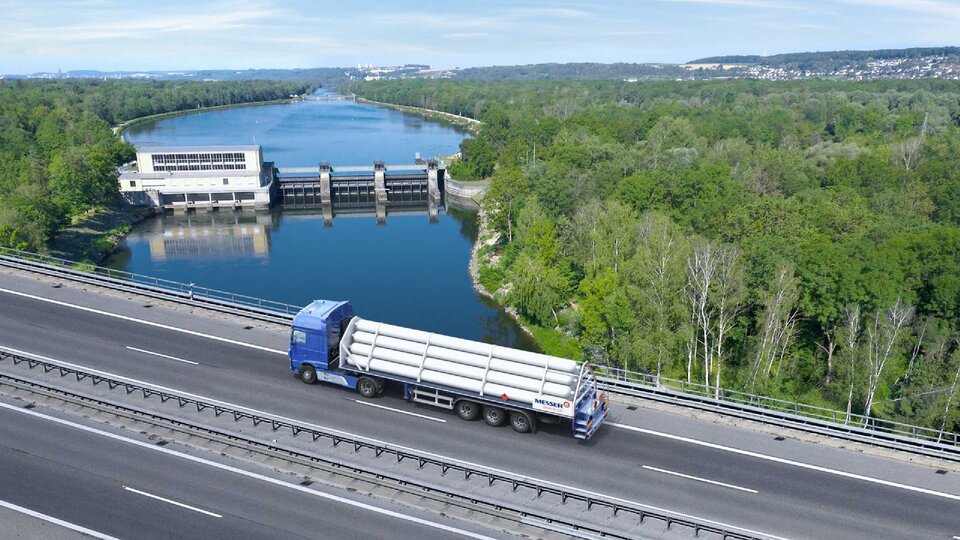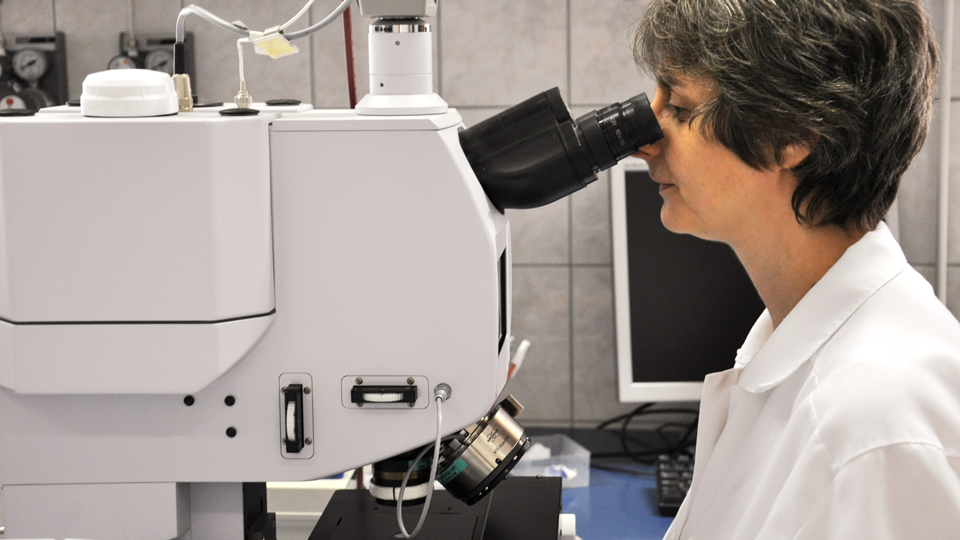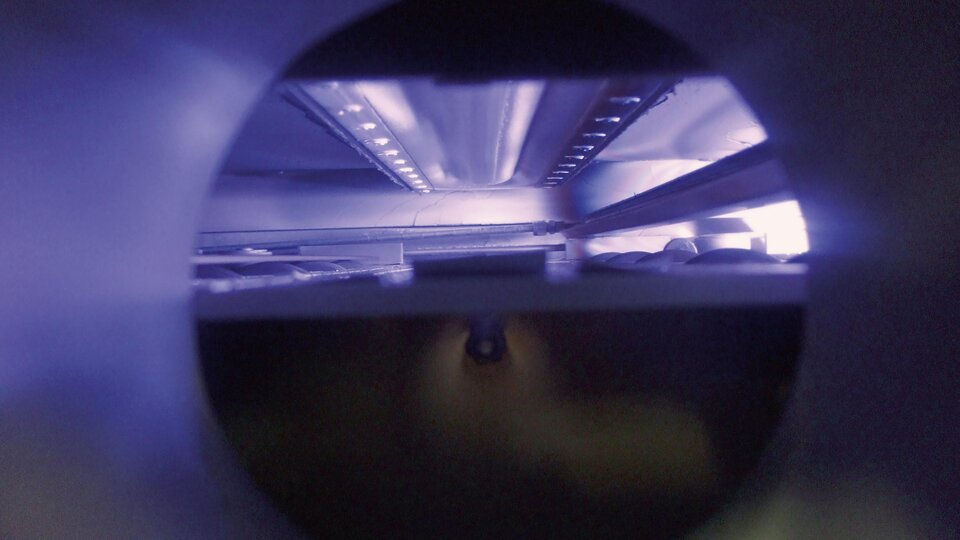HYDROGEN (H2): BASIC MATERIAL OF THE UNIVERSE
Hydrogen is playing a key role in the energy transition by reducing carbon dioxide emissions in industrial applications and the mobility sector. Today in combination with fuel cells and electric motors, hydrogen is already powering cars, trucks, buses, trains and industrial handling equipment – vehicles that discharge no pollutant emissions to the atmosphere, but rather only water vapor.
Classic hydrogen applications include its use as a combustion and welding gas as well as in the production of ammonia and many other chemical compounds. It is also used in the reduction of iron ores, as a coolant, fuel, fuel gas and packaging gas, in the annealing of high-alloy steels, in the oxide reduction of molten metals, and to melt glass.
In the periodic table, hydrogen has the pole position – first period, first group, atomic number 1 – and that’s where it belongs: it was the first element created during the Big Bang and remains the most common element in the universe to this day.
The hydrogen atom has only one proton and one electron, which also makes it the simplest and lightest atom. That explains why, although it represents 93 percent of all atoms in our solar system, it constitutes “only” 75 percent of the total mass. On the Earth, however, hydrogen is downright rare. It makes up all of just 0.12 percent of the Earth’s mass. But that’s enough to cover more than two thirds of the Earth’s surface with the most important hydrogen compound: Water (H2O).
The existence of hydrogen was first proven in 1766; in 1787, Antoine Laurent de Lavoisier found out that water could be produced from it and gave the gas its scientific name “hydrogenium” (from the Greek “hydor” = water). Hydrogen, some of which is generated as a byproduct of chemical industry processes, has been use for more than a century now in applications such as metalworking, fertilizer production and as a coolant. The gas is originally manufactured by steam reforming, whereby natural gas is catalytically split into hydrogen as a starting product. Green hydrogen is produced through the electrolysis of water and electricity, whereby the electricity comes from renewable energies. One kilogram of hydrogen contains as much energy as 2.8 kilograms of benzine.
Occurrence:
On Earth mainly in combination with water; with certain chemical reactions, hydrogen occurs briefly in atomic form and is then highly reactive
Chemical properties:
Colorless and odorless, element with the lowest density, lighter than air, very reactive. In air, hydrogen burns to water with a weak bluish flame. In mixtures with gaseous oxygen, H2 reacts highly explosively to ignition (oxyhydrogen reaction).
Extraction:
Parallel oxidation: Natural gas reacts with oxygen to H2 and carbon monoxide. Vapor reforming: Under high temperature and high pressure, methane generates hydrogen. Chlor-alkali electrolysis: Electric current applied to sodium chloride solution produces sodium hydroxide, chlorine and H2.







